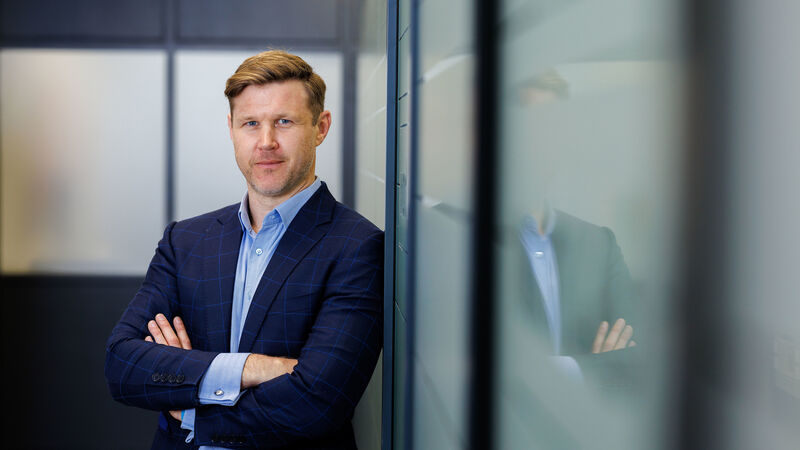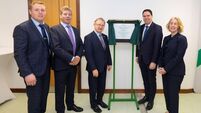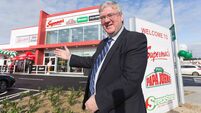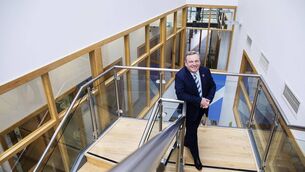The Irish firm aiming to capture 100 million tonnes of CO2 each year

Dr Adrian Costigan, chief commercial officer of NEG8 Carbon: 'The urgency to address climate change has never been more critical. With governments and corporations worldwide committing to net-zero targets, the demand for effective and innovative carbon removal solutions is rapidly increasing.'
NEG8 Carbon is on a mission to combat climate change by removing carbon from the atmosphere.
Aiming to capture 100 million tonnes of CO2 annually by 2050, NEG8 Carbon has already achieved a significant milestone by launching Ireland's first operational direct air capture (DAC) system in 2023.
The company is set to manufacture and test a large-scale pilot throughout 2024, marking a crucial step towards its ambitious goals.
“The urgency to address climate change has never been more critical. With governments and corporations worldwide committing to net-zero targets, the demand for effective and innovative carbon removal solutions is rapidly increasing,” says chief commercial officer Dr Adrian Costigan.
“NEG8 Carbon is uniquely positioned to meet this demand and scale globally. Our future vision is to develop large-scale direct air capture parks, scaling to capture millions of tonnes of CO2 and driving towards a sustainable planet.”

NEG8 Carbon was initially founded in 2014 as an academic research project at Trinity College and UCD by managing director Ray Naughton and technology director Professor Don MacElroy. Dr John Breen joined as CTO in 2021.
After many years of intensive research, NEG8 Carbon is now at the stage of commercialising its technology. The company has partnered with Deep Sky, a global leader in carbon removal based in Montreal, to deploy its patented carbon capture technology at its pilot site in Canada.
This collaboration will see NEG8 Carbon deliver and install a system capable of removing over 300 tonnes of CO2 from the atmosphere annually — equivalent to the emissions of a full flight carrying 286 passengers from London to New York or the CO2 absorbed by 13,000 trees in an area of just 300sq ft.
NEG8 Carbon has also announced a partnership with the Walton Institute for a two-year AI project aimed at using machine learning to monitor and optimise the system for large-scale deployment of direct air capture farms.
This innovative project will focus on refining carbon capture and release cycles by leveraging predictive machine learning to analyse data on climatic conditions, energy prices, and internal system conditions.
“The project with Walton Institute will look at optimal carbon capture release and regenerate cycles using predictive machine learning to monitor the data on climatic conditions, energy prices, and internal system conditions,” Dr Costigan explains.
“The key to scaling up our technology is energy efficiency. Several external factors, including air temperature, humidity, the condition of the sorbent material, and the type, cost, and availability of renewable energy, influence the efficiency of the DAC system.”
In May 2024, NEG8 Carbon was honoured as one of the successful recipients of funding through the Science Foundation Ireland Industry Awards RD&I Fellowship Programme.
This funding supports a collaboration with the University of Limerick, facilitating the placement of sorbent technology chemist Andrey Bezrukov on the NEG8 Carbon team — whose expertise will be pivotal in advancing materials research to enhance the efficiency of direct air capture of CO2.
The company currently employs 13 people and is set to grow its team to more than 30 in the next 18 months. The focus will be on bolstering the technology team to drive research and development in the burgeoning field, as well as hiring engineers to lead design and execute upcoming projects.
“The carbon removal market is poised for substantial growth as the urgency to address climate change intensifies. Analysts project that the market could reach between €9bn and €36bn annually by 2030. This growth is driven by advancements in carbon removal technologies, increasing investments, and supportive government policies.”
CLIMATE & SUSTAINABILITY HUB















